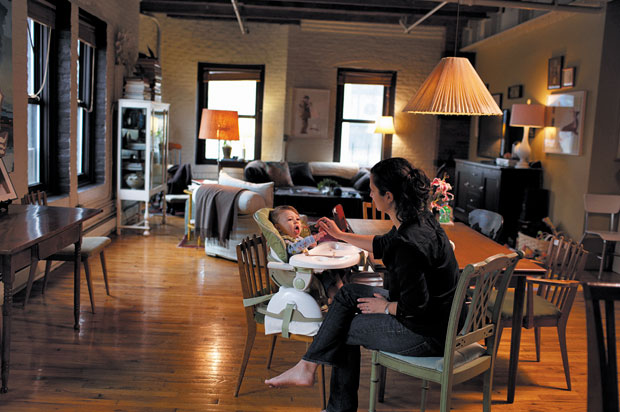A Bright Idea for Lighting
Follow these tips to help you save money and energy with LED light bulbs
What could you do in 23 years? A lot, apparently — you could trip your way to an Oscar win like Jennifer Lawrence. Better yet, what about banking billions by 23 like Facebook CEO Mark Zuckerberg? You could have a baby, send them to college and buy them their first (legal) libation — all before having to change a light bulb.
With the U.S. incandescent phaseout wrapping up in January 2014, there are a lot of confusing messages in the lighting aisle using unfamiliar words like “lumens” and “kelvins.” You’ve got things to do (and 23 years to do them), don’t get bogged down in technical lighting jargon.
The solution is simple, instead of getting lost in the maze of bulb options, go for the one that will make your life easier and save you money. Most LED light bulbs use approximately 85 percent less energy than their incandescent counterparts, can last for up to 23 years and brighten your home beautifully (based on Cree LED bulb 60W replacements at 9.5 watt, 11 cents per kilowatt-hour, 25,000 hour lifetime and average usage of six hours per day).
Go green, save green
Using less energy means spending less money, and after replacing your top five most-used light sources with LED options, you can see an average annual savings of $61 dollars. Now that’s a bright idea.
When LED light bulbs first hit the marketplace, they were ringing up at as much as $50 a bulb. For many consumers, it was too high a price to pay for light bulbs. As technology advanced in recent years, LEDs have become more affordable. This month, The Home Depot and Cree released the most cost-friendly, technologically advanced light bulb to hit the marketplace. Selling for approximately $13, this light bulb is less pricey than earlier LEDs and can pay for itself in less time.

Matching the right bulb to the right room
Your blood, sweat and tears went into creating your home sweet home, and you want to show it off. The final touches on home decor mean finding the right color light to showcase a room. Color temperature is how you measure the color of the light. Incandescent light bulbs give off a warm light with a rating of 2,700 kelvins, a hue everyone has grown familiar with. However, you can achieve a similar color temperature with LED warm light bulbs that are a fraction of the cost to operate. Also an option in energy saving LEDs are bulbs with bright or daylight color temperatures for various rooms. First, think about what you use the room for. Kitchens may be best in brighter, clean daylight light. Living rooms and bedrooms are beautiful in warm lighting with a rating of 2,700 kelvins, similar to a traditional incandescent light bulb. Track lighting is ideal for LED bulbs because you don’t have to climb back up a ladder to change it for a couple decades.
Don’t reinvent the bulb
If you’re comfortable with a traditional-looking bulb, keep it simple and buy a traditional-looking light bulb. The Cree LED Bulb, available exclusively through The Home Depot, is designed to look and feel familiar, although there’s complicated top-of-the-line technology behind the shatterproof glass.Traditional looking bulbs also look great in all fixtures and fit in seamlessly with a variety of decor styles.
This article is courtesy of Brandpoint.